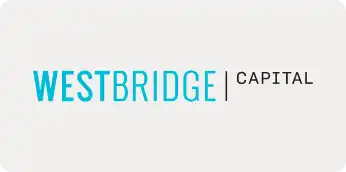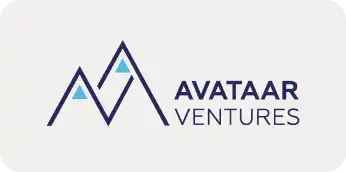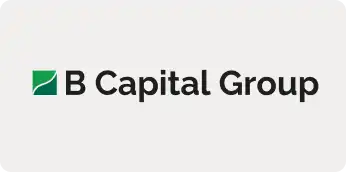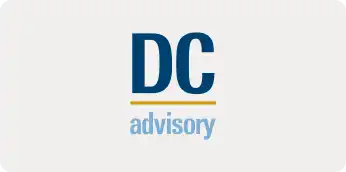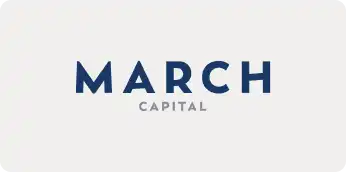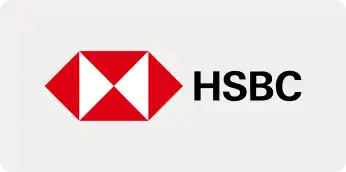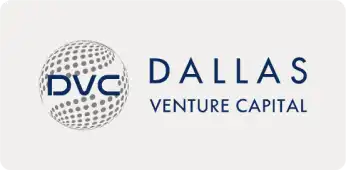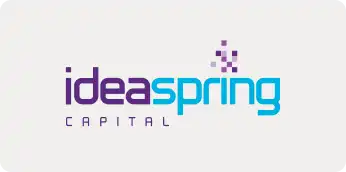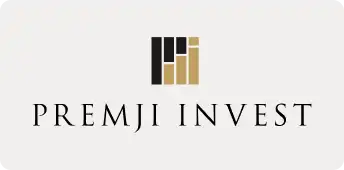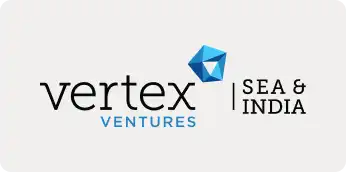As an investor, what do we look for and how do we evaluate new SaaS opportunities?
The Indian SaaS industry has seen tremendous growth over the past decade and is uniquely positioned to take advantage of the multi-billion-dollar global opportunity leveraging its wide base of skilled engineering talent and capital efficiency in product development and sales. We have had the privilege of being investors in enterprise technology globally over the last two decades. The time we’ve spent in the ecosystem has strengthened our conviction on the India SaaS opportunity.
Given the ecosystem is seeing an increasing number of new SaaS companies and several first-time founders entering the market, our attempt in this blog is to share our view of the key tenets of evaluating a SaaS opportunity as an investor. While the exact investment philosophy and relative importance of different questions may vary across funds and stages of the company, we believe the fundamentals of evaluating a SaaS company broadly remain the same.
When evaluating a SaaS opportunity, we try and answer four key questions:
- Has strong product market fit been achieved in a large addressable market?
- Is there potential to differentiate and build a moat in the long run?
- Can the company scale sustainably with the proposed go-to-market strategy?
- Is the founding/management team well-placed to scale the company?
We will dig a bit deeper into each of these questions, including outlining the most relevant metrics evaluated in each step (from the bewildering array of metrics publicly available!)
1. Has strong product market fit been achieved in a large addressable market?
The first step is to evaluate the total addressable market opportunity for the product which istypically estimated basis the expected software spends for the key use case in the relevanttarget set (across SMB/Mid market/Enterprise). This exact process and dynamics can varysignificantly depending on whether the opportunity is brownfield or greenfield. Amongstother things, achieving a strong product market fit is a function of:
i) how strong is the value proposition,
ii) how low is the friction involved in buying; and
iii) how institutionalized is the selling process, in the sense that sales has evolved beyond soft sales to known customers led by the founder
Once the addressable opportunity is established as large, product market fit is deemed strong, we look for metrics in three broad areas – Growth, Customer Engagement and Retention.
| Key metrics | |
| Growth | Growth in new bookings, Revenue Growth from existing customers |
| New monthly recurring revenue (MRR) added/month | |
| Average contract size | |
| Customer engagement | Relevant metrics depending on type of business (e.g DAU, MAU, # of files shared, # of queries raised etc.) |
| Net Promoter score | |
| Retention | Gross churn= MRR lost in a given period/MRR at the beginning of a given period |
| Account churn= Customers lost in a given period/Customers at the beginning of a given period | |
| Net churn= MRR lost – MRR from upsells/ MRR at the beginning of a given period |
Specifically, for the retention metrics outlined above, we are sharing a few best-in-classbenchmarks (for companies that are sub $15M ARR). These benchmarks, however, can varybasis the exact nature and stage of the business and hence should be adjusted accordingly.
| Key metrics | | Industry benchmarks | | |
| | | SMB | Midmarket | Enterprise |
| Growth | Time from $1M to $10M ARR | | 2-3 years | |
| | Average ACV | <$12k | $12-50k | $50k+ |
| Customer engagement | Net promoter score | | 45%+ | |
| Retention | Gross churn (%) | 20-30% | 10-20% | <10% |
| | Net churn (%) | 10% to 0% | 10% to -10% | 10% to -10% |
Source: Bessemer State of the Cloud report- 2019, ERV portfolio analysis
In addition to the quantitative metrics, conversations with both existing and churned customers to understand the key pain points, drivers of adoption, product experience, features comparison vs peers and reasons for churn, gives further clarity on the extent of product-market fit.
2. Is there potential to differentiate and build a moat in the long run?
Given the rapid growth of vertical specific SaaS companies, increasing competition from newwell-funded start-ups and large established players, this question has started becoming critical for us over the past few years. While there is no perfect way of establishing the ability to build a moat, given both the product and vision of the team evolves significantly over the growth journey, there are few lead indicators that help give a glimpse of how the future could potentially turn out. There are four key points on which we try and dig deeper to build comfort on the long-term sustainability of the product. These include:
- How complex is the product from an engineering point of view? Is there any proprietary IP/technology involved?
- How many existing software and tools does the product integrate within the customer’s tech? ecosystem? What is the quality and depth of integrations?
- What are the typical implementation/replacement timelines for the product and how complex is the process?
- Does the value of a product to the customer increase over time driven by the use of AI/ML on the platform data, increasing customization or improved team productivity?
The answers to the above questions help us understand the stickiness of the product which is an early indicator of the product having a strong core, thus giving it the ability to retain customers and grow share of wallet with them over time.
3. Can the company scale sustainably with the proposed go-to-market strategy?
For the long-term economic sustainability of the business, we evaluate the core profitability of the business (gross margins) along with the sales efficiency metrics which is estimated differently basis the go-to-market strategy of the company. While the current state of the metrics is a good starting point, we also evaluate the potential levers that can be explored over time to improve the sales efficiency and build a steady state view of the metrics. The comparison of these metrics with typical benchmarks gives an insight into the scalability, viability and efficiency of the company.
| Key metrics | Industry Benchmarks | |
| Long term profitability | Gross Margins | 80%+ |
| LTV/CAC= Long term value of the customer/ Customer acquisition LTV is calculated as Average revenue per customer * gross margin * customer lifetime CAC is calculated as Paid S&M costs/# of new customers | Greater than 3-4x (While this ratio is expected to dip in the near term if Companies over invest into scaling GTM, we adjust for the same (e.g. new sales reps firing below their quotas, optimization of marketing machinery etc.) |
4. Is the founding/management team well-placed to scale the company?
The specifics of how a team is evaluated changes significantly based on the stage of the company. In the early stages, the focus remains more on the founding team, their vision, understanding of key customer needs, business acumen and their personal ability to scale from managing a small team to a large organization. Even at early stages, in select cases we have seen founders being able to attract talent, selling the vision of the company, which is a strong indicator of future success.
In the growth stage, there is additional focus on few key roles in the organization including head of engineering, head of product, head of customer success, head of sales (not exhaustive) which become extremely critical as the company aims to scale aggressively and replicate the product market fit in its core across a much larger base of clients in multiple geographies. There should be strong resonance between the founders, key management team and the company on challenges that lie before it and overall business strategy. It is also critical that the management has a nuanced understanding of both the customers and sales process across different target markets and has a tailor-made approach depending on the specifics of each geography.
Last, but not least, in the growth stage, as companies scale beyond the founding team and core management, having a strong organizational culture becomes critical in attracting and retaining talent, and improving productivity and motivation levels. Since startups are often run by small mission-focused teams, their “culture” is usually a reflection of the founder or founding team’s personality and passions. We have seen seasoned founders focus on culture from the word “go” instead of relegating it as an afterthought which becomes very evident during conversations with both current and ex-employees.
While the above is not exhaustive, we hope this blog helps provide first-time and seasoned entrepreneurs a look into how investors evaluate SaaS opportunities and gives clarity on the key metrics to measure and track to determine the health of the business. We would love to hear from folks in the ecosystem for any feedback or additional inputs.
Maneesh Menon and Aditya Systla are investors at Eight Roads Ventures India. The views in this article are their own.














